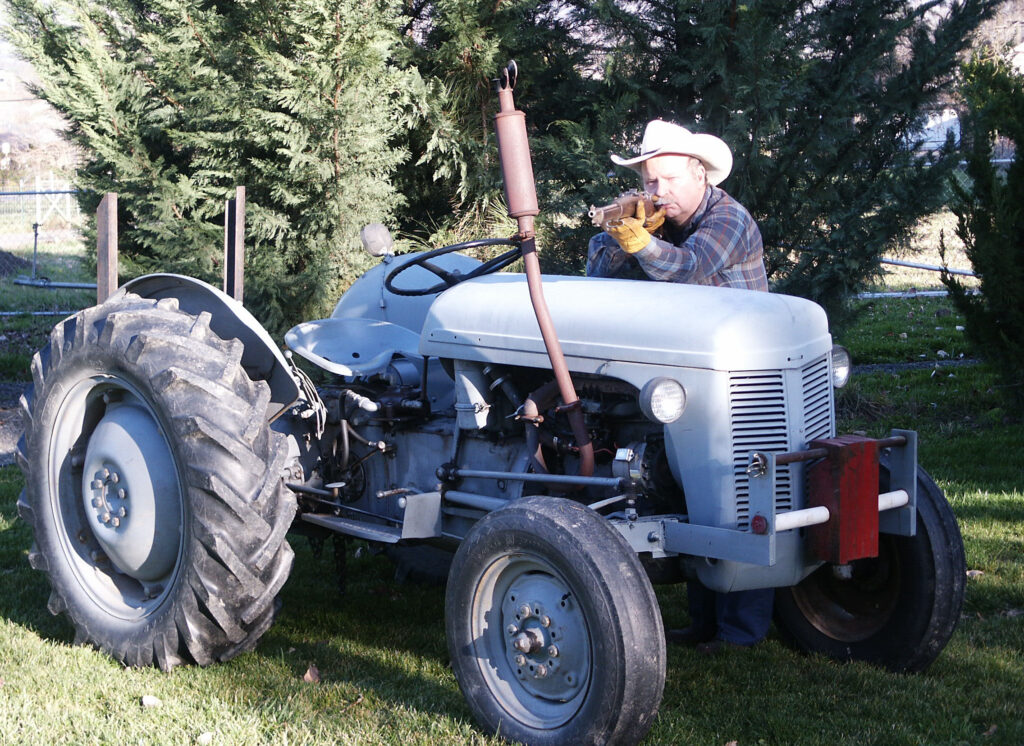It has been said that I was born with a Colt Patterson in each hand. This is silly as they were Ethan Allen Pepperbox pistols.
Always interested in firearms and firearms history, I found that shooting taxed my meager budget. I began to reload my ammo to save money and started using a Lee Hammer type reloading tool. The Lee tools worked OK but were slow to use. I then purchased a Herter’s reloading press and die sets to load handgun, rifle, and even shotshells. Better loading presses soon followed along with other loading tools.
Factory bullets were used at first but added to the cost and often what I wanted was not available. Bullet casting offered a solution so I bought a SAECO lead melting pot and Lyman-Ideal bullet moulds. A cake cutter was first used to lube the cast bullets but this was slow and a bit messy. A Lyman Lubrisizer was a better solution. Casting projectiles worked well for most handguns. For higher velocity handgun and rifle ammo a more suitable bullet was required.
Paper patched (paper jacketed) bullets seemed like an answer. I experimented with making and shooting paper patched lead bullets. These worked well up to a velocity of about 2,500 fps. Another method was needed for higher velocity cartridges.
My brother and I met Ted Smith who was running SAS-Shooter’s Accessory Supply making the Mity Mite Swaging press and a limited selection of bullet swaging dies to make metal jacketed bullets. He was tired of the business and wanted to sell. He named a price and we bought the business. Ted was to continue making presses and dies but he was not able to keep up with demand and the quality was less than desired.
I began to make swaging presses, dies, and accessory tools and redesigned the original Mity Mite press to strengthen and improve it. I then designed a vertical press which eventually replaced the Mity Mite press.
After designing tools, making tools and running the shop I decided to sell out and started R. Corbin Enterprises. The name seemed too long so I shortened it to RCE Company. This was changed to RCE, LLC when I formed a Limited Liability Corporation.
Learning from mistakes I made with the early vertical press, I designed the Walnut Hill press which is now redesigned to make the stronger and more capable Walnut Hill-2 press. The Walnut Hill press has been in continuous production since 1998.
I’ve been designing, making, and using bullet swaging presses, dies, and tools for over fifty years. I have reduced the hours that I work and no longer put in seven days a week and twelve hour days. But I still have many things left to try, new tools to make and try, and there is always something interesting around the next corner.
Richard Corbin

